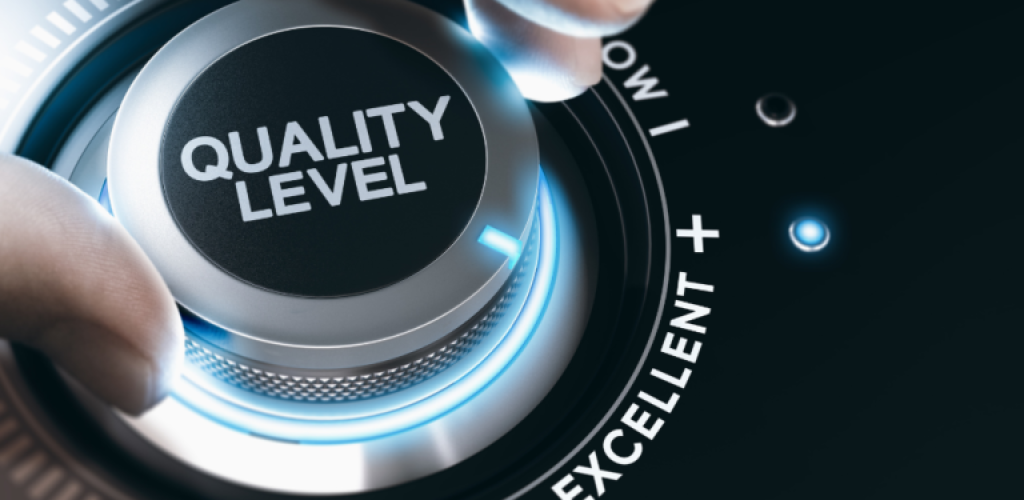What’s the simplest QMS your medical device startup can implement and still be compliant?

Implementing a Quality Management System (QMS) for a medical device startup is not just an exercise in regulatory compliance; it’s a foundational step to ensure the safety, efficacy, and consistency of your product. Startups, with their innate agility and resource constraints, face the unique challenge of needing to establish a robust QMS without the luxury of large teams or budgets. However, there is an effective way to bridge this gap; implement only the necessary elements of a QMS in-house, while relying on the expertise and infrastructure of development and contract manufacturing partners for more complex components. This approach not only balances the need for a robust system against the constraints of a young company but also represents a simplified mechanism toward establishing a QMS that remains compliant. Here’s a basic outline of the simplest QMS your medical device startup can implement to achieve compliance:
Quality Agreement
A quality agreement is a crucial document between you and your development or contract manufacturing partner. This document outlines the roles and responsibilities of each party concerning quality and regulatory compliance. A well-crafted Quality Agreement helps ensure product safety, efficacy, and compliance with relevant authorities by defining the organizational roles and responsibilities for things like which QMS is used and how, audit support, change control policy, and regulatory compliance.
Document Control
Every QMS starts with proper documentation. Ensure that you have a system in place to:
- Create and approve documents.
- Revise and review documents when necessary.
- Control the distribution of documents to prevent outdated or unauthorized usage.
Quality Manual, Quality Policy, and Objectives
A Quality Manual is a formalized document that describes your company’s quality management system and outlines your approach to quality assurance and process improvement. It acts as a roadmap for how your company produces your medical device to ensure that it meets consistent quality standards. It also may serve to identify which elements of the ISO 13485 standard your organization is subject to versus those you outsource to your development or contact manufacturing partners. As part of your quality manual, it will be important for you to draft a clear quality policy reflecting your commitment to compliance, safety, and efficacy. This policy should be supported by measurable quality objectives.
Management Review
Your QMS should incorporate regulatory management review meetings to assess the suitability, adequacy, and effectiveness of your QMS. These reviews are intended to ensure continuous improvement and alignment with regulatory changes and should be formally documented.
Risk Management
Medical devices must undergo risk assessment to ensure patient safety. Implementing a simple risk management process to identify, evaluate, control, and monitor risks associated with your device throughout its lifecycle is necessary to demonstrate that your QMS incorporates a risk-based approach.
Supplier Controls
Your QMS should ensure that any components, materials, or services used in the development or manufacturing of your product are from verified suppliers. By qualifying your development and manufacturing partners, you may leverage their supplier evaluation, selection, and monitoring process. This could simplify (but not remove) your supplier qualification process, saving both time and money.
Training
Maintaining a system for training your employees to be aware of their roles and responsibilities in the QMS is required. Your procedure should define training requirements needed to ensure that your employees are equipped to follow procedures correctly to maintain the effectiveness of your QMS. Training records are needed to demonstrate that employees have been properly trained to carry out their assigned tasks.
Nonconformance and CAPA (Corrective and Preventive Action)
A process to identify, document, and address nonconformities is required. This process should tie into your CAPA system that corrects these issues and prevents their recurrence.
Internal Audits
Even a simple QMS requires periodic internal audits to ensure processes are followed and to identify areas for improvement. It is important that your internal audit be conducted by someone who is not directly responsible for the area being audited. In a small organization, this can be difficult. But with a reasonable Supplier Control process in place, your organization should be able to identify and qualify a third-party auditing agency to conduct an independent review of your QMS.
Feedback and Complaint Handling
Once your product has hit the market, having an established and streamlined process for collecting feedback and handling complaints is a must to ensure that customer satisfaction is maintained and to address potential safety concerns promptly. Certain types of reported events have reporting timelines associated with them. Understanding these requirements and having an effective process to manage these activities at the ready is the key to success in this area.
Conclusion
It is essential to remember that, while the above outlines a basic QMS, “simplicity” should not compromise effectiveness or compliance. As your startup grows, the QMS should evolve to meet your company’s changing needs. Collaboration with experienced quality and regulatory consultants or professionals can also provide guidance tailored to your specific device and marketing, ensuring that even the simplest system is both compliant and effective.

